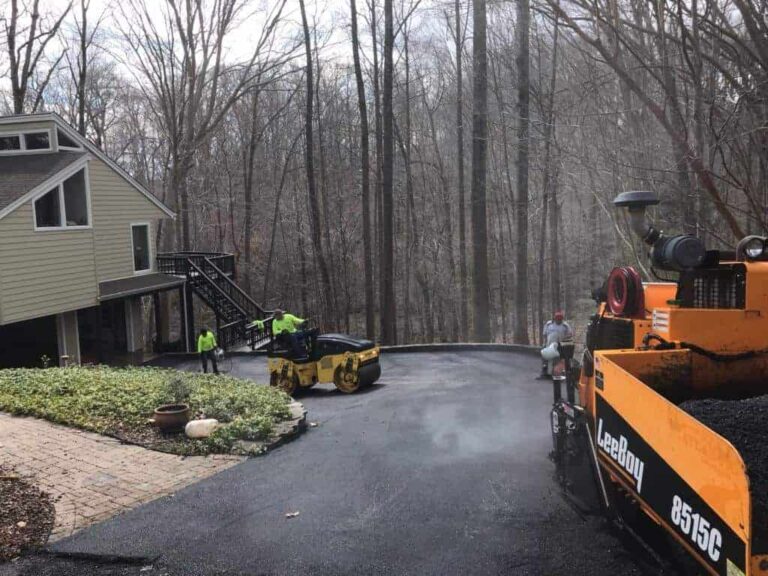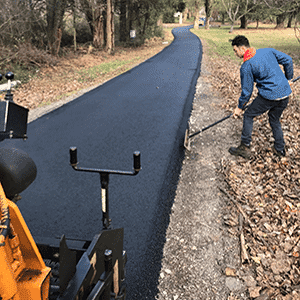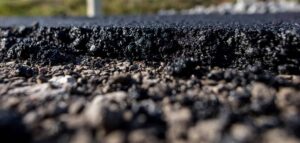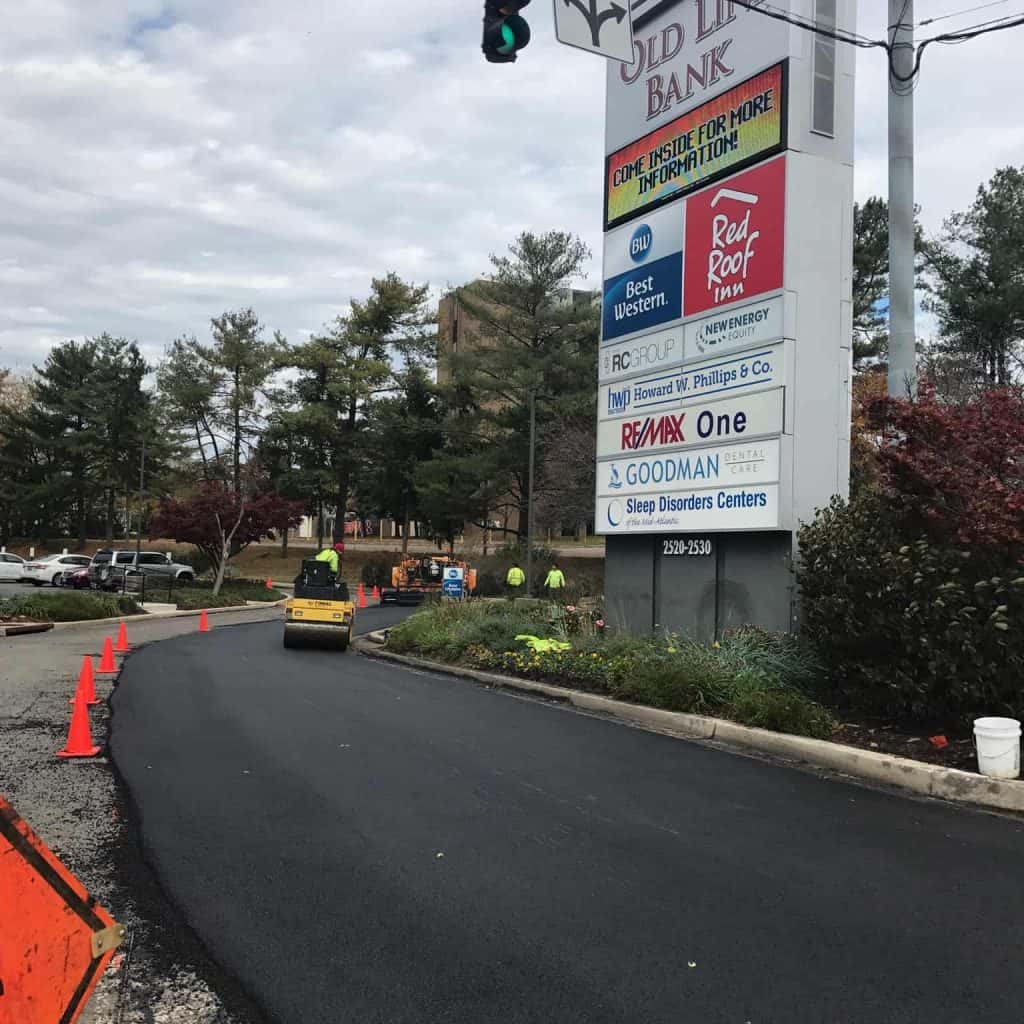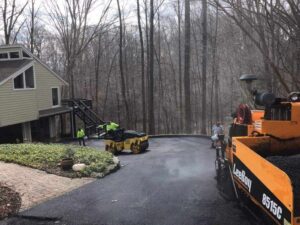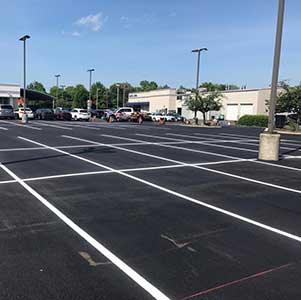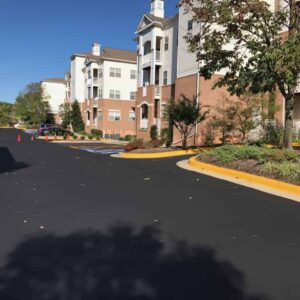It has often been said that the three most important things to consider when designing an asphalt pavement structure are drainage, drainage, and drainage. In other words, it is absolutely critical that an area to be paved has good drainage because standing water is the natural enemy of asphalt paving. Any water which is allowed to accumulate on an asphalt surface will slowly break it down, gradually dissolving the bonds between the asphalt binding material and the rocks and sand.
This binding agent is a by-product that gets produced during the production of oil, and it’s well-known that oil and gas simply do not mix. Any water which is present below the surface of the asphalt likewise causes problems, because it will saturate the base and subgrade, causing them to weaken and deteriorate. When this occurs, all traffic going over the asphalt surface will cause excessive damage and accelerate the deterioration process.
During wintertime, water can cause even more damage, although it won’t immediately be obvious. When the weather gets cold, water can get into the asphalt pavement and freeze. Then when it thaws, it causes an expansion in the asphalt, and a cycle of freezing and thawing will begin to widen and worsen any cracks which have developed throughout the material. In short, if water doesn’t get effectively and promptly drained away from an asphalt surface, it will inevitably cause damage to the paved structure.
How to protect asphalt from water damage
One of the best things you can do to promote good water drainage is to use a high-quality Class 5 aggregate, because this will leave your asphalt structure very strong, and it also promotes rapid drainage away from the structure. In cases where the ground in an area to be paved consists mostly of clay, good drainage will be difficult to achieve, so your best bet is to include a layer between 12″ and 18″ thick of good sand, which will allow for drainage away from the asphalt.
Another good way to improve drainage below the surface is to install drain tile there. A good drain tile system will be comprised of gravel which is excellent for drainage, a geofabric type of filter, perforated piping, and a connection to some kind of storm sewer or catches basin. This will prevent any accumulation of water beneath the surface, and it’s a great way to ensure that no water damage occurs down there.
Good design also calls for using a proper slope, so that water doesn’t pool up on the surface to cause problems. At least a 1% slope should be designed into any asphalt structure so that drainage can occur properly. For all existing asphalt structures, regular maintenance is also an important factor in preventing water damage. Regular maintenance includes such treatments as seal coating, patching, and crack-sealing so that any existing imperfections are not allowed to worsen into major cracks that will hasten the demise of the asphalt.
It will also help if an extra step is taken to ensure that water drains away from the shoulders of a paved surface like a roadway. This can be done by waterproofing the hot mix asphalt surface when installing the asphalt, or possibly by using a gravel shoulder, which is also good for drainage. Over time the gravel can become displaced, so this isn’t quite as good a solution as the waterproofed shoulder, but it will still be much better than a non-treated shoulder.
Whatever steps can be taken during design time, and during the life of an asphalt surface, will be well worth it, because they will help to prolong the life of the structure, and to minimize any damage which might be carried out by the effects of exposure to water.

